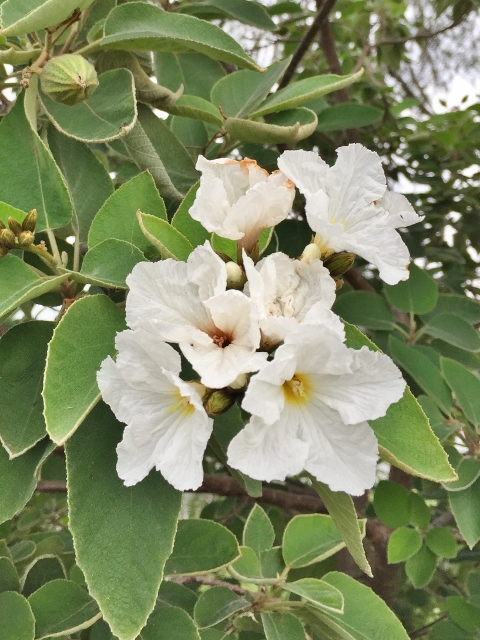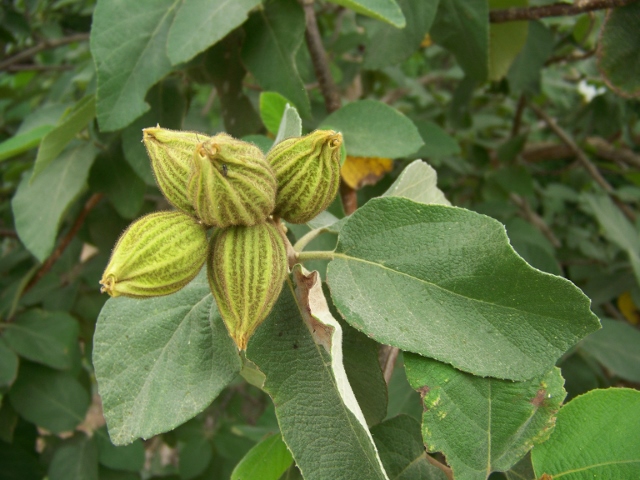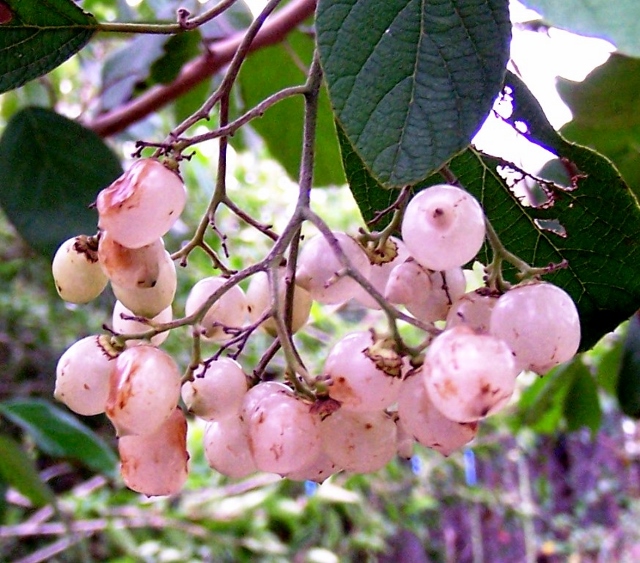
Two olive tree species grow in the Valley
By Anita Westervelt, Rio Grande Valley Chapter, Texas Master Naturalist
The Rio Grande Valley boasts two species of olive trees; one is native to Texas and the other has been adapted to our native footprint.
Native wild olive, Cordia boissieri, is popular in home and public landscaping. Also called Texas olive, it is not found much further north than Willacy County.
Tamaulipan olive, Cordia alba, an adaptive species, was planted in Harlingen’s Hugh Ramsey Nature Park where Rio Grande Valley Chapter, Texas Master Naturalists maintain specialty gardens open to the public.

The native wild olive produces small clusters of large, funnel-shaped white blossoms with yellow centers; the Tamaulipan olive sports larger clusters of smaller yellow blooms.
Both are important nectar sources for birds, butterflies and beneficial insects.
Wild olive blooms in all seasons here in the Valley. The tree can grow as a bush, or lower branches pruned to encourage a single-trunk tree with an attractive, spherical canopy.
Tamaulipan olive, is native to Central America. It is generally described as having a short, frequently twisted trunk with a crown of many branches.
The fruits of the two trees are vastly different. After blooms wither, wild olive produces a drupe with a seed similar to an olive pit. Birds and wild animals eat the fruit.

Tamaulipan olive fruits grow in grape-like clusters of round fleshy balls that turn nearly transparent when ripe. When crushed, a sticky coagulated substance is released. These gelatinous fruits have been used as glue and paste. Some say that the glue was used in wrapping cigars.

Rio Grande Valley Chapter, Texas Master Naturalist guides offer two free nature walks a month at Harlingen’s Hugh Ramsey Nature Park annually from October through May, from 9 to 11 a.m. The flora changes from week to week, but there’s always something blooming in the Valley. Large groups are welcome.